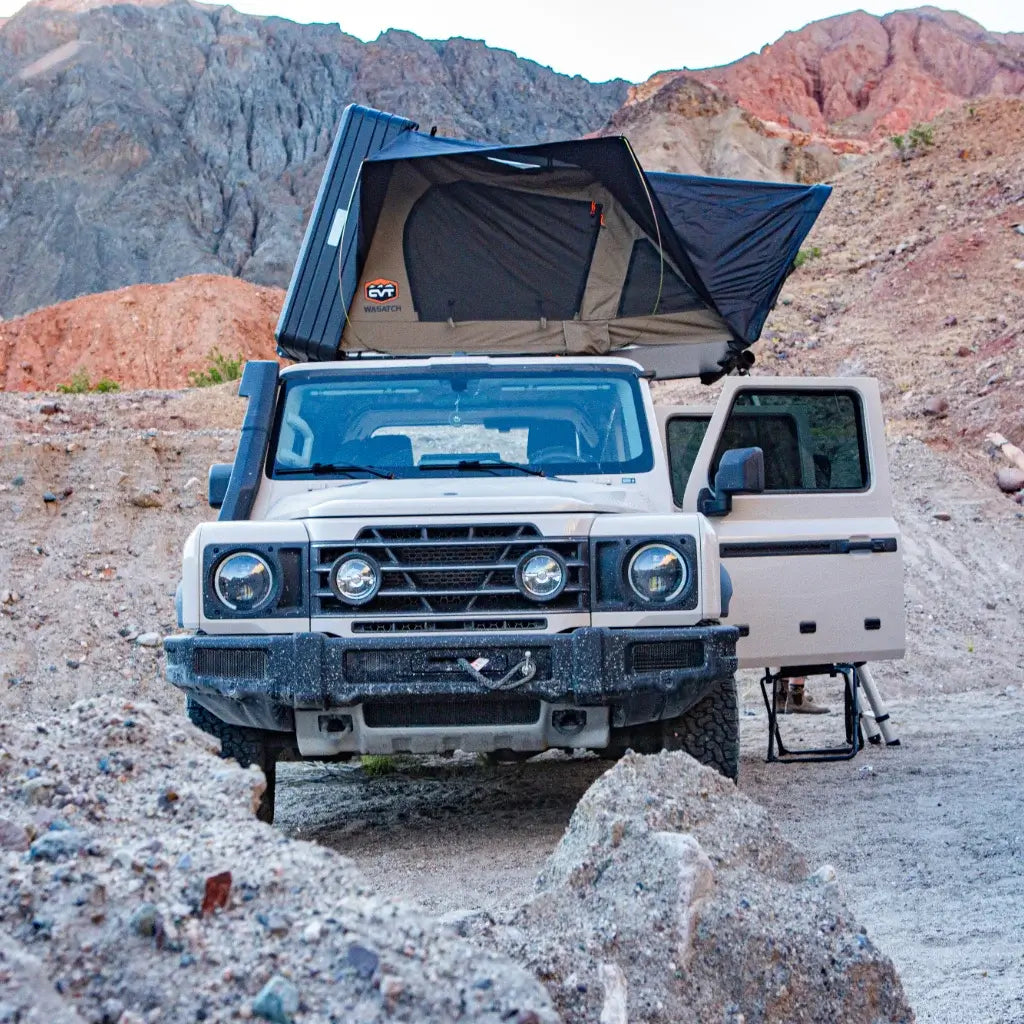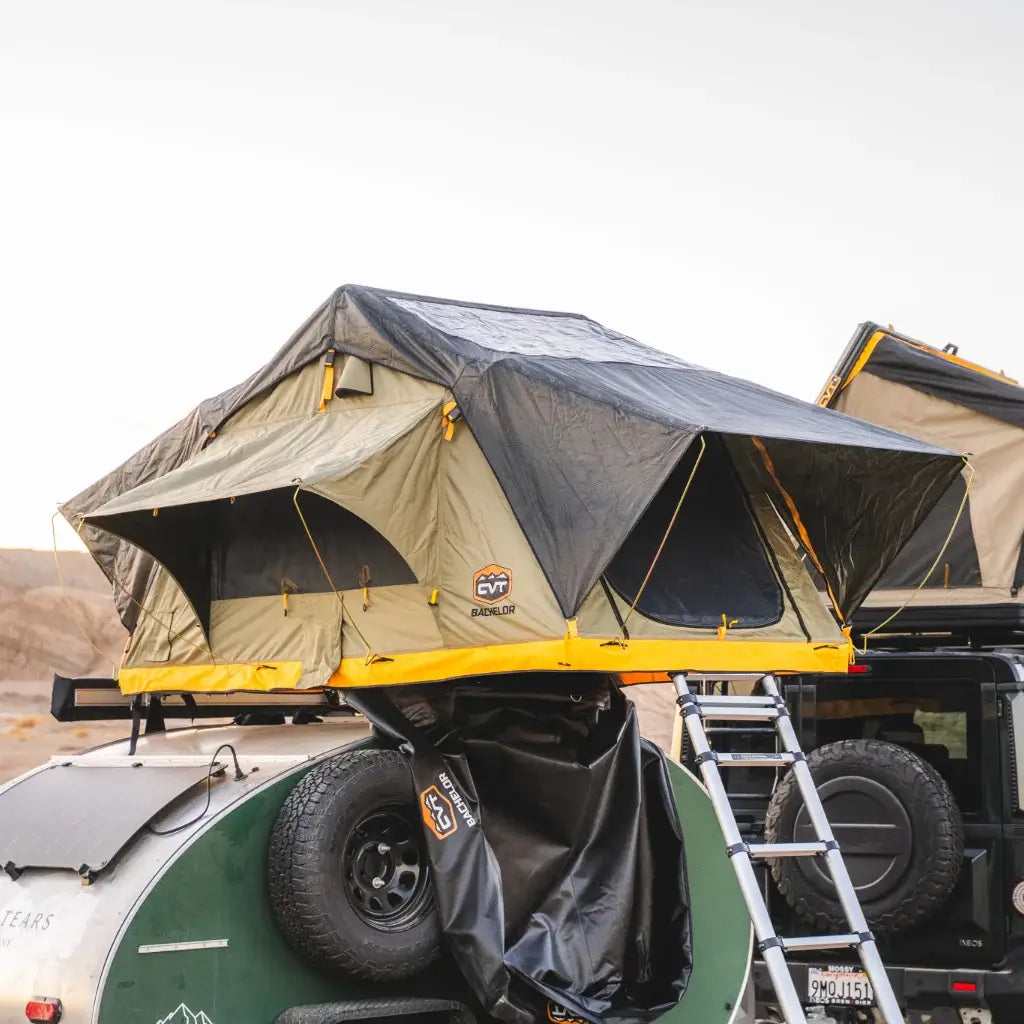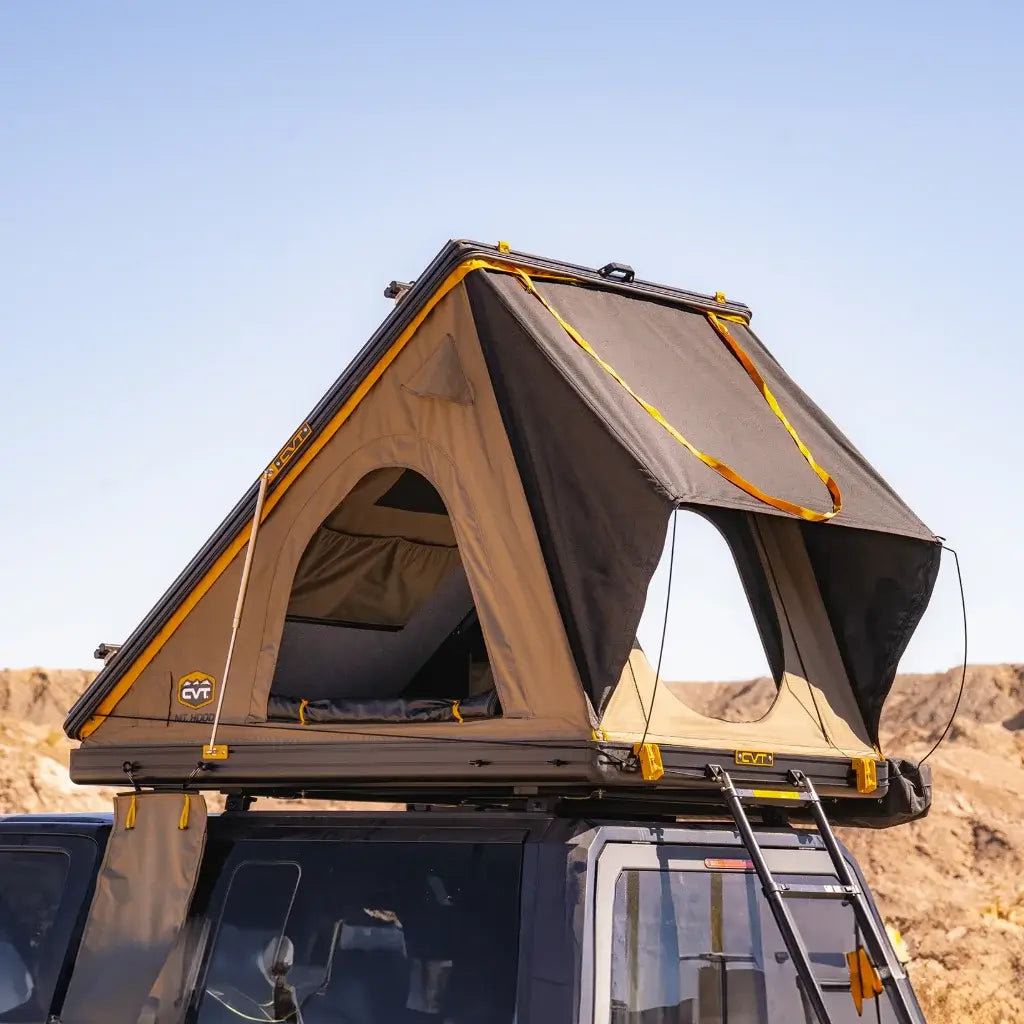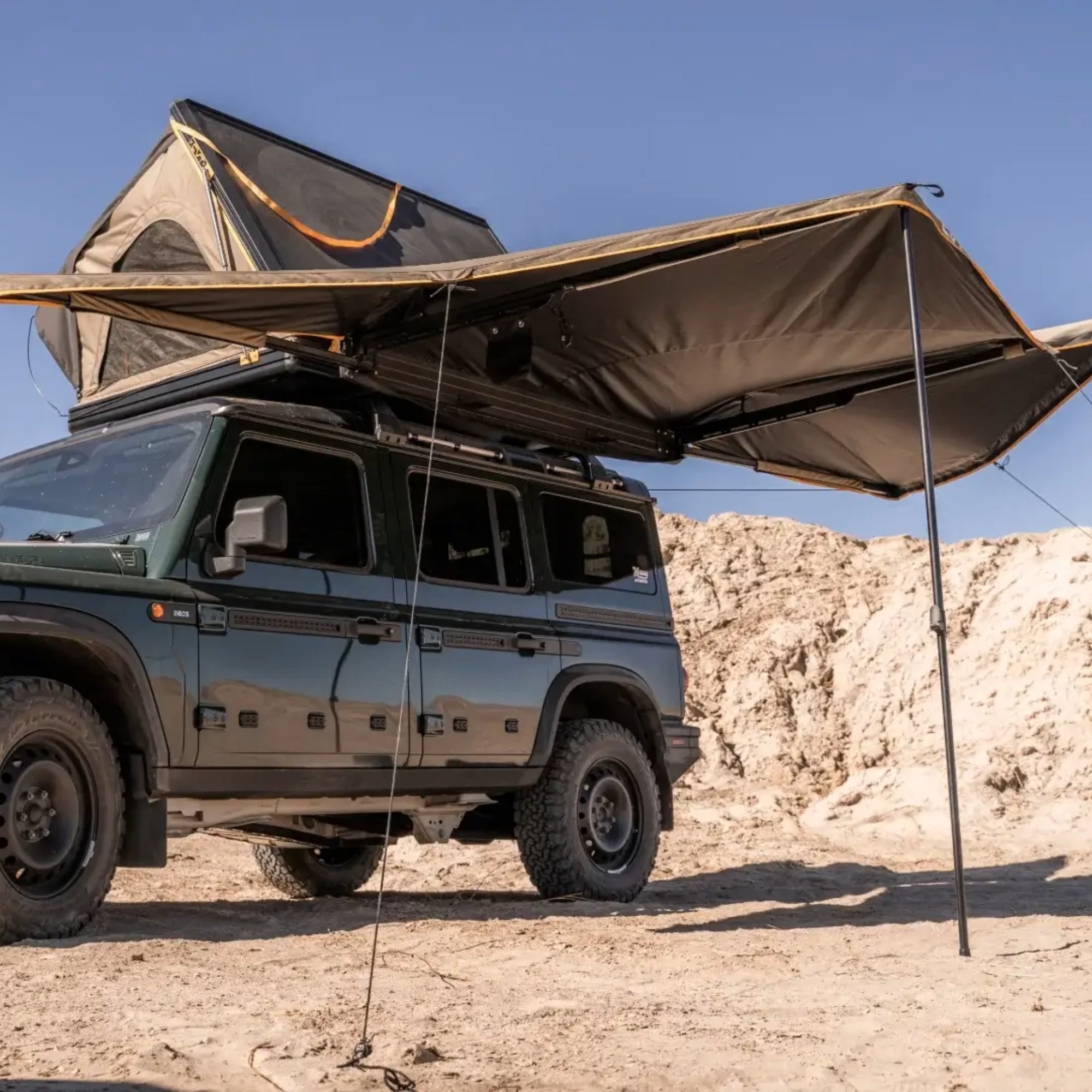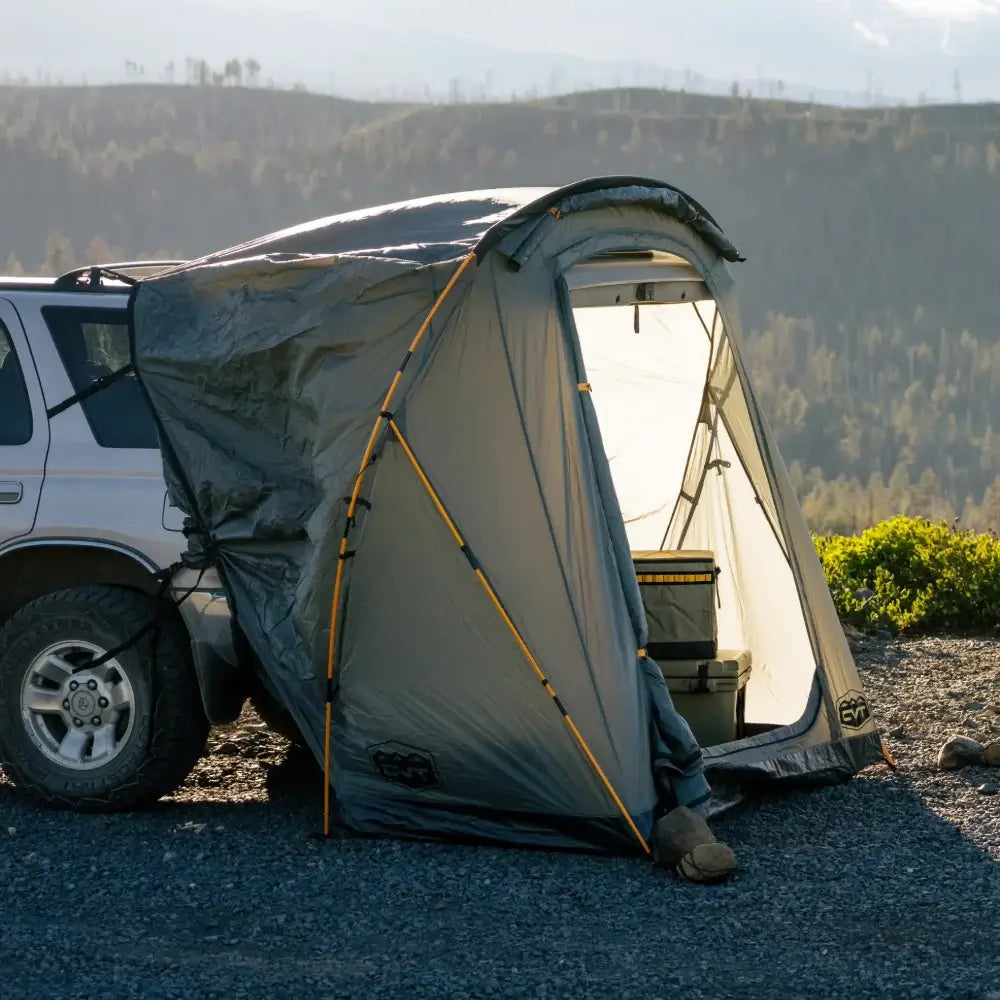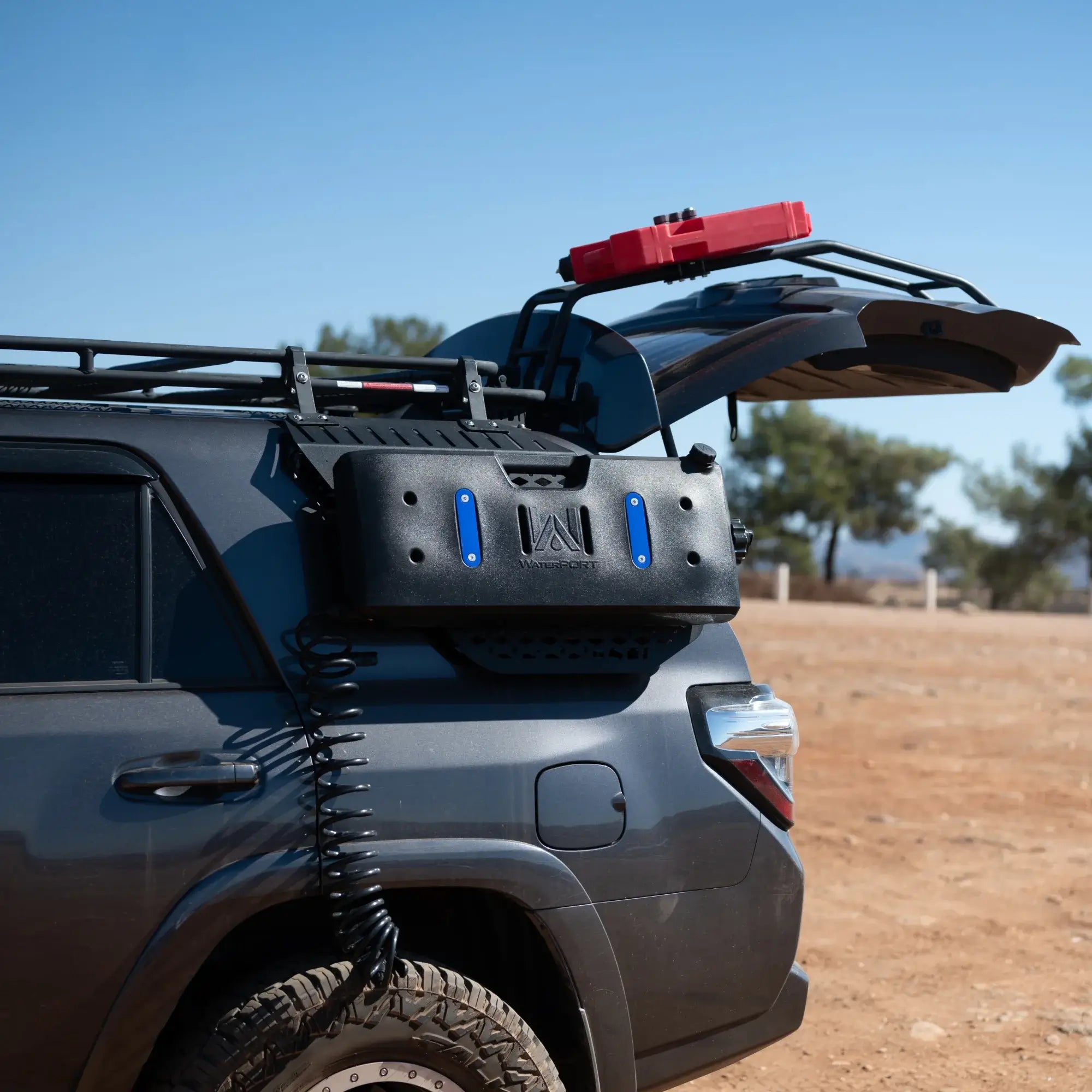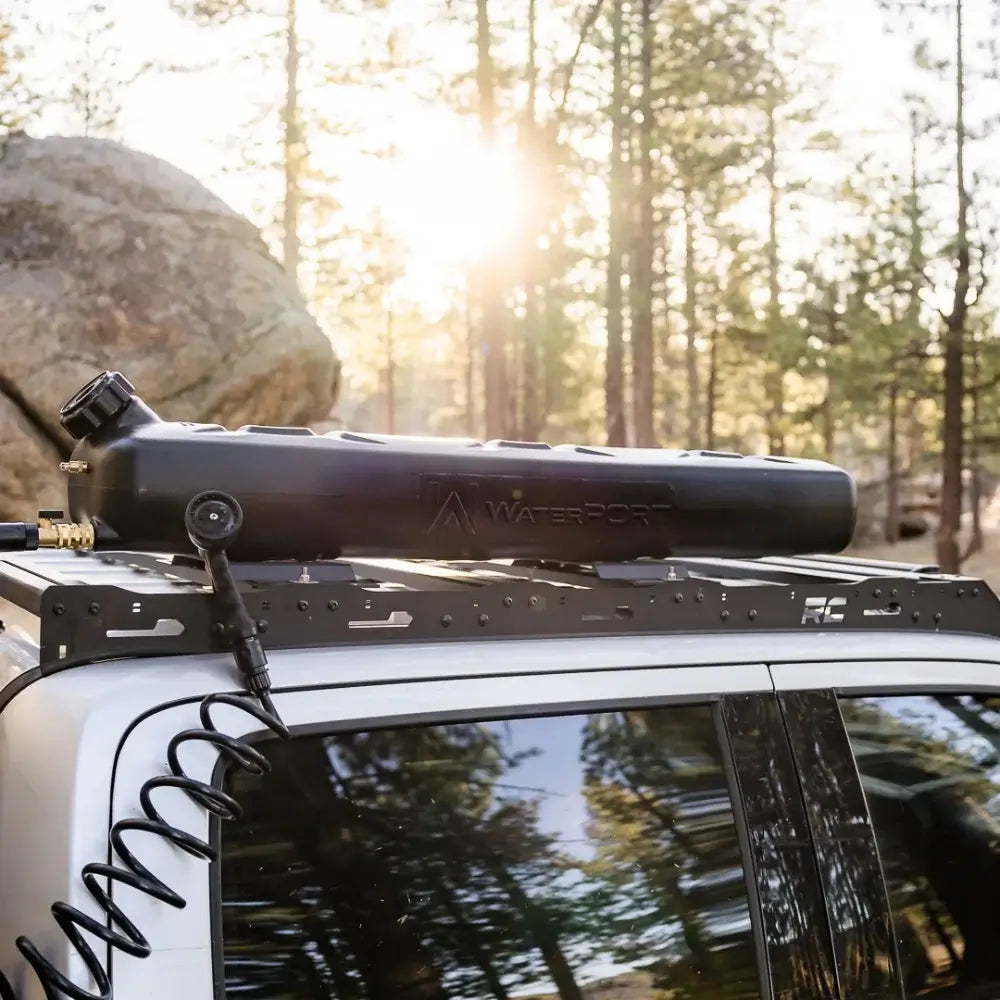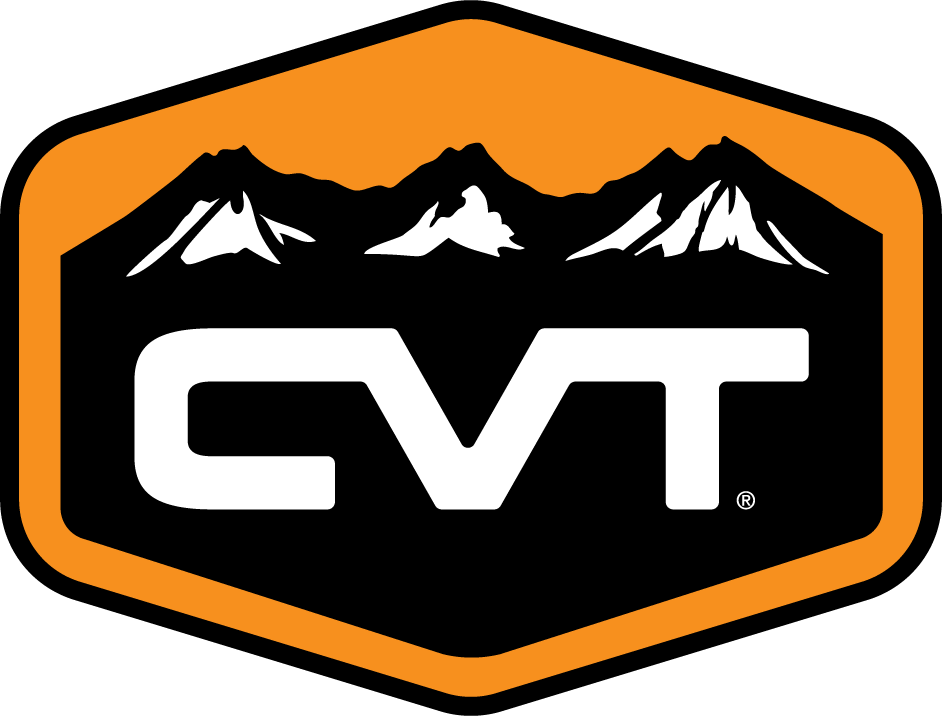
Even lifelong urban dwellers sometimes feel the urge for a nature getaway. So if you are thinking about leaving the hustle and bustle of the city for a couple of days, car camping might be just the right option. Yet, the amount of preparation that needs to be done can be overwhelming.
This guide is here to help you plan your first car camping trip and make the process fast, simple, and stress-free.
Why Go Car Camping?
If you are considering embarking on your first camping trip, going by car is a great idea. Here are just a few reasons why travelers love car camping:
- Speed of travel. A change of scenery and a different set of activities do wonders. Car camping enables you to get closer to nature in a matter of hours.
- Zero experience required. It is important to do some research and have a knowledgeable person around during your first time camping with your car. However, it is still a lot easier to get started with it than with traditional camping.
- Lower cost. Car camping is significantly cheaper than a hotel stay and is even more exciting! It is also less expensive than traditional camping and backpacking, as you can save up on specialized clothing and footwear.
- Traveling to a remote destination by car is a lot less challenging than doing it on foot. Besides, your vehicle offers storage space, shelter, and sometimes even built-in navigation.
Going on such an adventure enables you to enjoy the beauty of nature, unwind and recharge, and enjoy outdoor activities.
Thus, car camping has all the advantages of its traditional counterpart with the added convenience provided by your vehicle.
5 Steps of Planning Your Car Camping Adventure

Have you made up your mind to go car camping? Then it’s time to plan your trip.
By answering these questions, you are guaranteed to prepare for a comfortable and memorable experience:
1. What Is the Best Weather for Car Camping?
The first thing to have in mind when planning a camping trip is the weather forecast. After all, it will have a major influence on your outdoor activities.
Many travelers agree that the perfect weather for camping is approximately 72-78F in the daytime and no lower than 55F at night.
Another crucial factor is precipitation. There’s hardly anyone who would like to camp when it’s raining, even with waterproof gear at hand.
With that said, the proper equipment will enable you to go car camping in any weather conditions. For instance, winter camping is becoming increasingly popular.
2. Which Destination to Choose?
The choice of a car campsite mainly depends on your experience level and scenery preferences.
Most beginners try to avoid primitive campgrounds and opt for locations that offer some basic amenities, such as:
- Potable water. The availability of potable water at the campsite allows you to bring minimal supply with you, saving space in your car.
- Be prepared that some campgrounds only offer vault toilets, while a wild camping trip implies the absence of such amenities.
- Not every car campsite has showers, and those that do mainly have coin-operated ones. If you are going car camping to remote areas for an extended period, consider bringing a portable shower.
- Picnic tables. Established campsites offer picnic tables and benches. You can also travel with your own picnic equipment if the space in your car allows.
- Tent pads. These are designated spots for tents that typically provide rain drainage. However, if you're a lucky owner of a rooftop tent, you don’t have to worry about humidity.
Besides, for those traveling with animals, it’s critical to confirm that the campsite is pet-friendly before arrival.
Generally speaking, as a first-time camper, you might want to stay away from primitive campsites in the beginning. Here are some of the top-rated car camping sites with amenities in the US:
- Assateague Island National Seashore Campgrounds, Maryland/Virginia
- Blanchard Springs, Arkansas
- Harrington Beach State Park, Wisconsin
- Pearl Ponds, Maine
- Trillium Lake Campground, Oregon
- Crazy Jug Point, Arizona
- City of Rocks National Reserve, Idaho
- Savage River Campground, Alaska
- Namakanipaio Campground, Hawaii
These spots are well-established for car camping and are suitable even for beginners.
3. What to Bring on a Camping Trip?
Having the weather conditions and the destination in mind, you are ready to start packing.
The camping trip list must include the following essential categories:
- Sleep and shelter
- Food and water
- Cooking equipment
- Safety and tools
- Clothing and footwear
- Hygiene
You can also include elements of comfort for the experience to be as smooth as possible.
For a detailed list of items you need to bring with you, check our complete car camping checklist.
4. How to Navigate to the Campsite?
During your first camping trip, you are likely to be visiting a place where you’ve never been before. Therefore, navigation is of utmost importance.
Oftentimes, entering the name of the destination into Google Maps is enough to find a campground.
You can also consider advanced smartphone apps, such as:
- ON x OFFROAD for 550K+ miles of off-road trails
- GAIA GPS for trail selection and progress tracking
- Maps 3D Pro for easy terrain visualization
- ALLSTAYS for an overview of campgrounds and rest stops
However, for off-road camping, it is best to opt for a dedicated GPS device in addition to your smartphone. This is due to the following reasons:
- No reliance on cell phone signal
- Longer battery life
- High accuracy
- Internet connection is not required
Combining advanced smartphone apps with the reliability of specialized GPS devices will guarantee smooth navigation throughout your first-time camping adventure.
5. How Long Would It Be Best to Stay?
There is no universal length of stay that’s perfect for every traveler. The duration of your camping adventure depends on such factors as:
- The number of free days you have
- Your experience with outdoor activities
- The destination you’ve selected
- The goals you set for your trip
For instance, 1-2 days are perfect for beginners who want to understand if car camping is something they enjoy. It is also a great option for those who only have spare time during the weekend.
More experienced car camping enthusiasts would enjoy longer trips that give them the opportunity to indulge in nature.
Set the Right Expectations for Your Car Camping Experience

- Mobile reception and internet. It is important to set your mind to a digital detox, as cell phone signal and internet connection are never guaranteed.
- Crowded campgrounds. This is especially true when you go car camping to a popular destination on the weekend. Crowded campsites may be messing up your plans of staying alone in the wilderness. Yet, they can become a great opportunity to meet like-minded people.
- Wild animals are often attracted to the smell of food. Don’t feed them and never leave the food unattended. While some campgrounds offer special storage spaces, it is best to have vacuum-sealed containers and bear jars with you.
- Keep insect repellents at hand and install car window screens for advanced protection.
- Wheelchair accessibility. Only some campsites have wheelchair-accessible facilities, so check the information about the venue in advance.
Always remember to respect the campers around you and preserve the environment. Cleaning the camping spot after staying there is an inseparable part of the experience.
With these camping tips for beginners, you are all set for the adventure! Make sure you pick top-quality car camping gear and plan your trip wisely.
